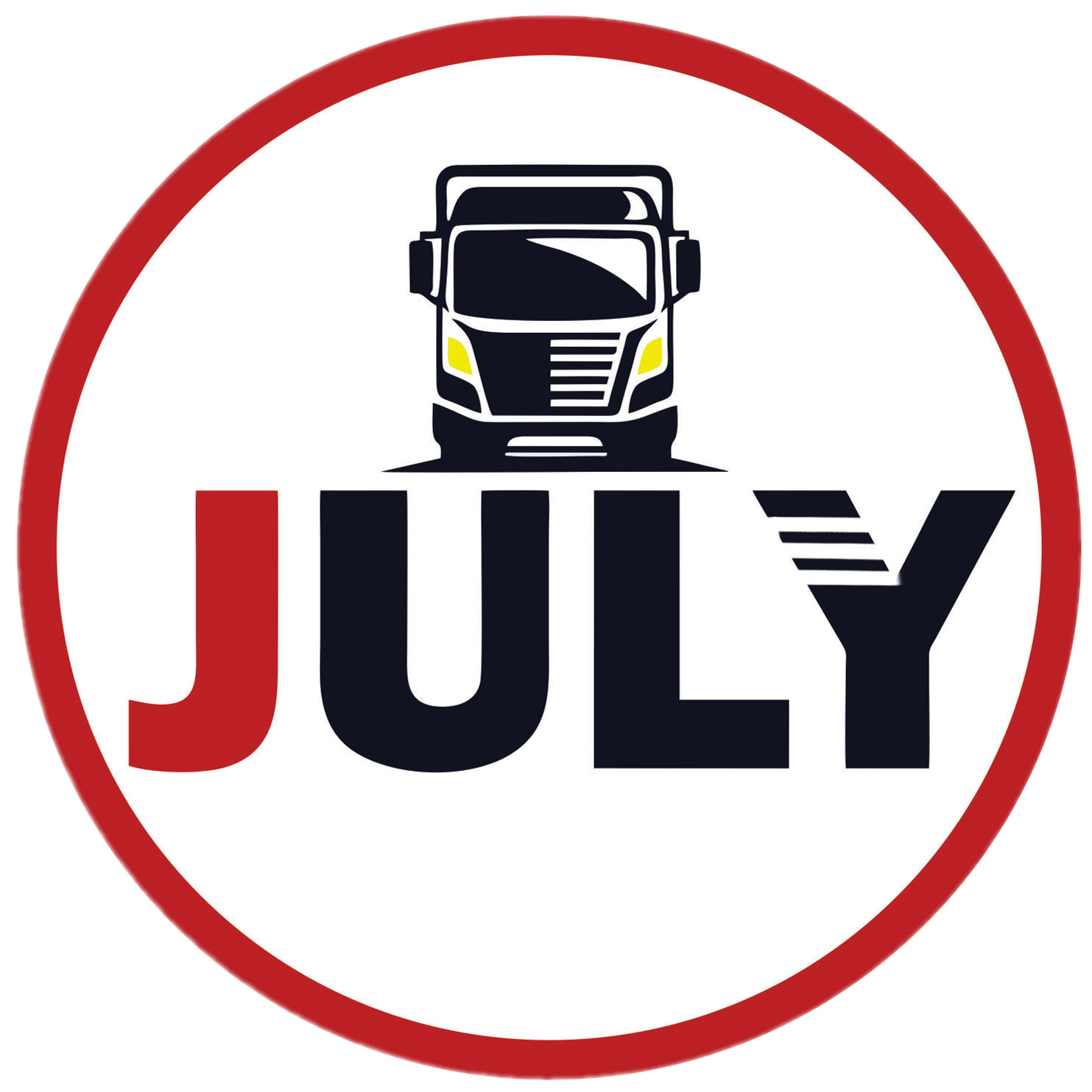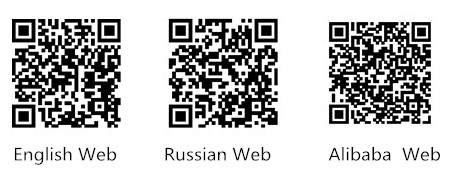CUMMINS DFSK DFM DFAC DONGFENG TRUCK PARTS DFL4251 DFL3251 5258744 DONGFENG XIAOKANG DONGFENG MINIBUS K17 5266969 5272666 5293669 5264757 5263374 5288908


CUMMINS DFSK DFM DFAC DONGFENG TRUCK PARTS DFL4251 DFL3251 5258744 DONGFENG XIAOKANG DONGFENG MINIBUS K17 5266969 5272666 5293669 5264757 5263374 5288908



If you notice your steering wheel jerking from one side to the other side, an inspection is in order. Here are some potential causes of this jerking to check for and address.
Road Conditions
Observe the condition of road you're traveling and see if it has grooved pavement, which can cause the vehicle tires to follow the line of grooving. If these grooves are somewhat crooked, your vehicle will try to steer with the groove direction. Rutted roads will direct your steering to follow the ruts—this effect is most prominent in asphalt paved roads with heavy truck traffic. If grooved or rutted roads aren't the problem, move on to checking the vehicle.
Inspect the Steering Components
Chock your rear wheels to prevent rolling, then jack up the front of your vehicle and support it with jack stands. Get a helper to either observe what happens when you shake the wheels and steering components or to do the shaking while you observe. With the front wheels clear of ground contact, shake them from side to side and up and down. Note what components, if any, have slack, and how much. If this test shows slack in both up and down and side to side movements, your wheel bearings are loose or worn. If only side to side slack is evident, the most likely problem will be worn tie rod ends or idler arm issues.
Rotate the tire and wheel assembly and check for bent/warped wheels, out of round tires, or bulges in tire indicating a slipped belt or impending blowout. The steering gear could have excessive play from being worn too much. Check the back and forth movement of steering wheel before your tires and wheels begin to move. Any movement greater than 2” at the outer rim of the steering wheel indicates excessive wear in steering gear box. Check the flexible joint in the steering shaft between the steering wheel and gear box. Any slack or wear in this component indicates a need to replace it.
Measure the Toe In and Toe Out of Front Wheels
Toe out can cause steering wander and make a vehicle drift from side to side. Too much toe in and the vehicle is hard to steer and will have a tendency to dart from side to side. Each vehicle has a specified distance for correct toe in.
The wheels need to toe in because as the vehicle reaches highway speed, forces on tires will tend to toe out the wheels. It needs enough toe in when stopped to compensate for the toe out that occurs at highway speed for the wheels to run straight.
Check Suspension Components
Check all rubber bushings in the suspension (A-frame and/or strut bushings). As they age, the rubber deteriorates and sometimes falls out of the metal housing, allowing suspension components to be out of alignment.
Repair and Replace
Make notes of what has excessive slack or wear and repair or replace as needed. Usually when one steering component is worn, it's most likely the other steering parts are worn also. Tires with bulges (slipped belts) or knots need replaced along any bent wheels. Hard bumps with curbs and hitting too many potholes will do damage to tires, steering, and suspension components.
Alignment
Alignment of the wheels is important and critical to good steering.
Camber refers to the in/out tilt of wheel in the vertical plane. Caster refers to the front/back tilt of wheel in horizontal plane. Toe in/toe out refers to the relationship of the straight line tracking to each other of the wheels on same axle. If any of these adjustments are out of specifications due to worn parts, bent components, or loose or missing fasteners the vehicle needs a wheel alignment. This includes all wheels as misalignment of the front and rear wheel relationship will make the vehicle “dog track” or go down the road slightly sideways. This makes it hard to control the vehicle’s forward movement, especially in wet or icy conditions.